On a recent trip to Ethiopia, Italian designer Arturo Vittori discovered how collecting water is both dangerous and time-consuming – especially for women and children. He thinks these water-trapping WarkaWater Towers will help.
Life in the dry northeastern corner of Ethiopia is hard. Women must often walk long distances to find water for the family, and small children forced to come along are thereby kept out of school. This of course perpetuates the poverty cycle.
And even after these treks to fetch heavy buckets of water or wash clothes, there’s no guarantee that the water will be safe. Contaminants often spread illness and other misery. After witnessing this himself, Vittori resolved to come up with a thoughtful and inexpensive solution.
’Warka’ comes from the Warka tree or Ficus Vasta, according to Vittori. Like a wild fig tree, it is native to Ethiopia, and often provides shade and a rendezvous spot for traditional gatherings among Pastoral Ethiopian communities.
The trees, which comprise an important part of cultural life, are also vulnerable to drought and ecosystem degeneration. So the towers designed in their likeness are expected to provide both a sense of pride for these important trees in addition to their very important function, which is to capture potable drinking water.
About 28 feet tall and framed like a basket, the tower is constructed with easy-to-source natural materials such as bamboo or reed framework in a basket-like shape. Inside, a mesh bag of sorts traps humidity from the air.
Related: Billboard captures water from thin air in Peru
Given that it is built in sections from the top down, the tower can be constructed without scaffolding, and no special machinery is needed either. The triangular frame gets its stability from bamboo poles connected with natural fiber and wires.
Vittori estimates that this system, which collects the harvest water in a basket, can produce up to 25 gallons a day. Which is hugely significant. To get a sense of just how significant this is, try picking up five gallons of water and then imagine yourself walking two or more miles with one in each arm.
The tower could also be equipped with a solar-powered LED, which would provide security and light at night, so maybe children can study, and a place for the community to gather for special events.
“’Warka’ can be the semination point for a leap-frog development to bring the rural Ethiopian village community into the space age,” writes Vittori.
“The tower can for as an enhanced and shared internet connection for rural communities to bring them such valuable real-time information as weather forecast, actual market prices of food, fruit and vegetables, but also create a higher awareness of the‚ ‘Genius-Loci of the Space-Age’ to continue to live in harmony with the local resources nature is providing.”
Vittori is currently seeking private or government funders for two towers that he hopes will launch in 2015.
:: Wired

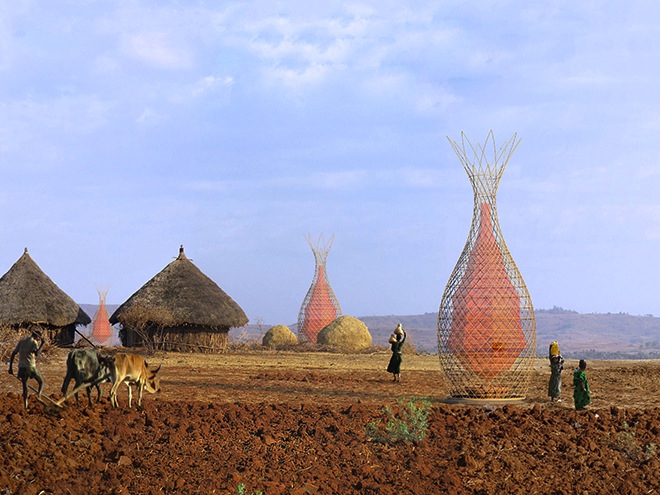
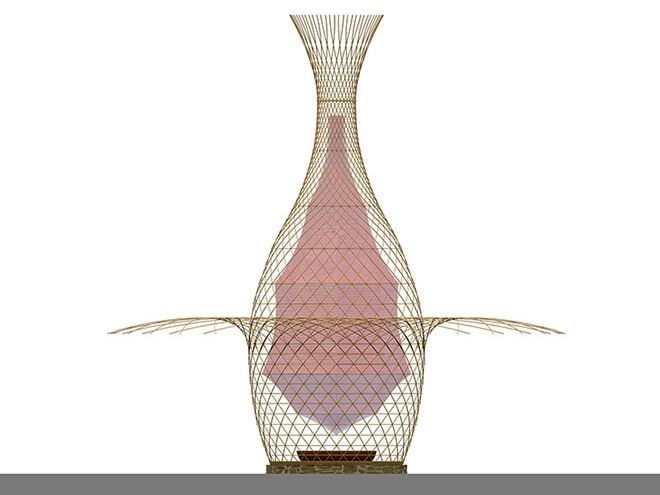
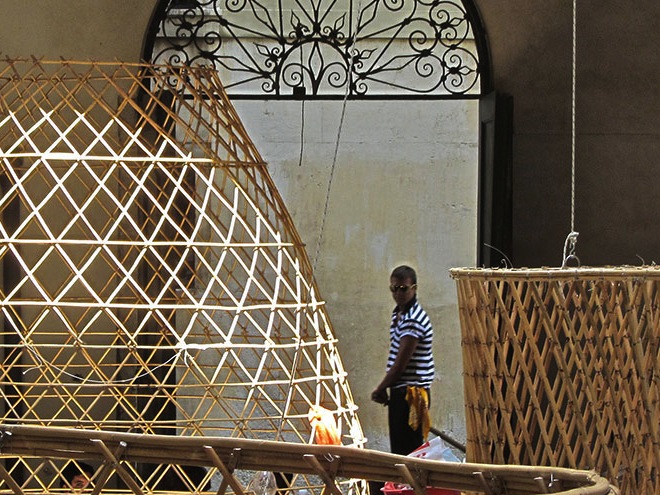
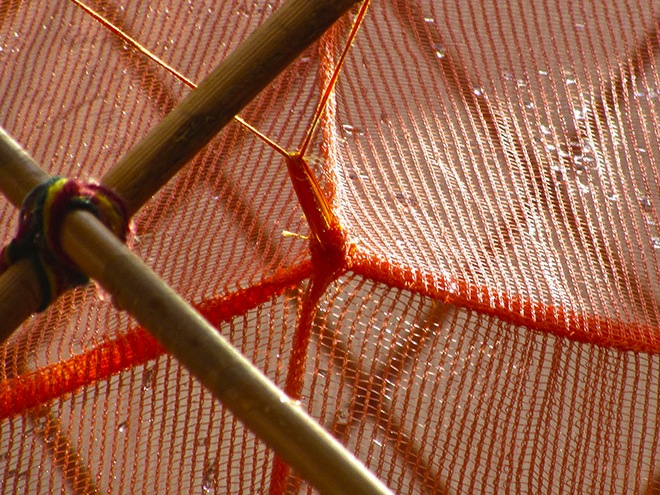


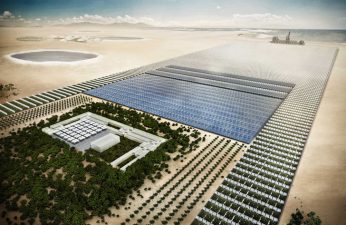
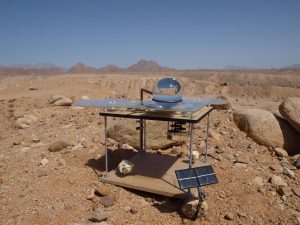
California is experiencing a dramatic drought and has been suffering for years. Since San Diego is in the southern most location from the water sources, our water shortage has always been problematic. It is becoming even more critical as populations expand and will continue to worsen. The warkawater tower system could be an answer for individual residences for water much like solar is for electricity. Since Vittori is currently seeking private or government funders for two towers that he hopes will launch in 2015. Perhaps developing a tower that can be sold to Southern Californians would be another way of raising funds for towers in Ethiopia.
Thanks Roland!
The WarkaWater tower is an interesting advance for enhancing water security. The towers are fog collectors, designed with netting to capture the liquid water droplets from fog. The organization FogQuest issued, in 2010, an update about their fog water resource evaluation studies in northern Ethiopia (see http://www.fogquest.org/?page_id=650). The ‘fog season’ lasts from late May to early January in this region.
The article presented here by Green Prophet flags a ‘related article’ about “…capturing water from thin air in Peru.” The device in the Peruvian billboard is a mechanical dehumidifier with a coil chilled below the dew-point of the the ambient air which enables condensing liquid water from the water vapour in the moist air surrounding Lima. Mechanical dehumidification is a completely different physical process compared to fog collection.
Fog collection is a passive process requiring no artificial energy input. The process is only worthwhile to attempt in a limited number of regions globally having a considerable number of foggy days annually.
Processing of atmospheric water vapour into liquid water by means of mechanical dehumidification requires about 0.4 to 0.6 kWh of energy to produce a litre of liquid water. This process is effective in many tropical locations (latitudes between 30 deg N and 30 deg S) with elevations below, say 500 m.
– Roland Wahlgren, Atmoswater Research